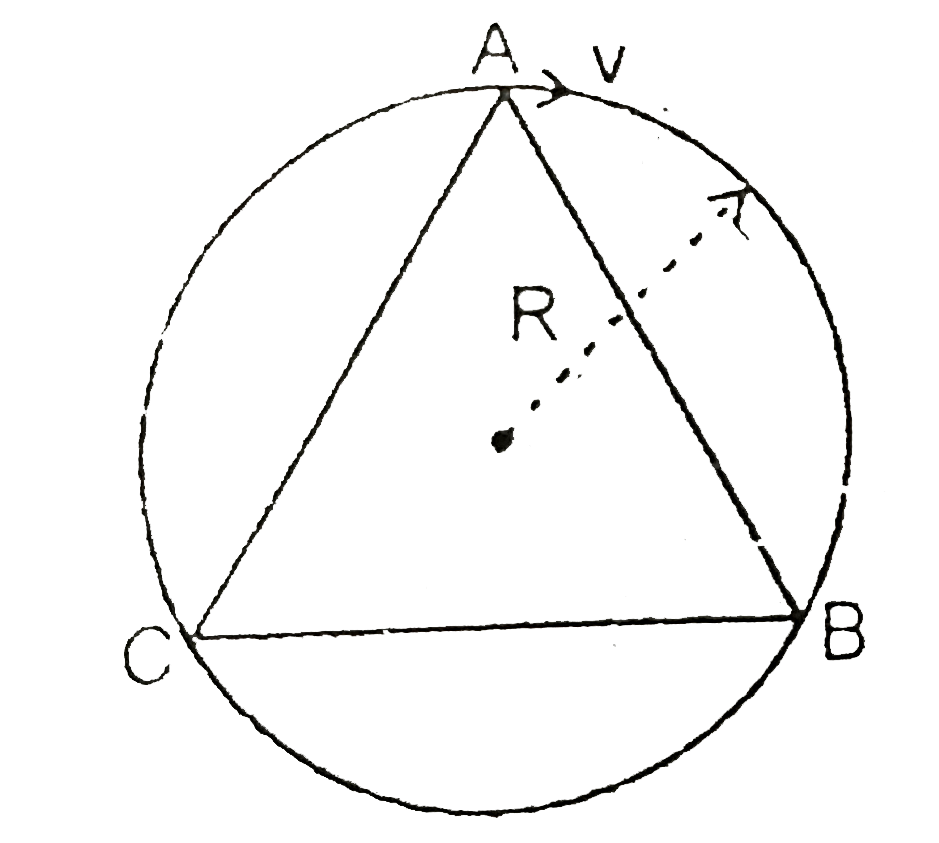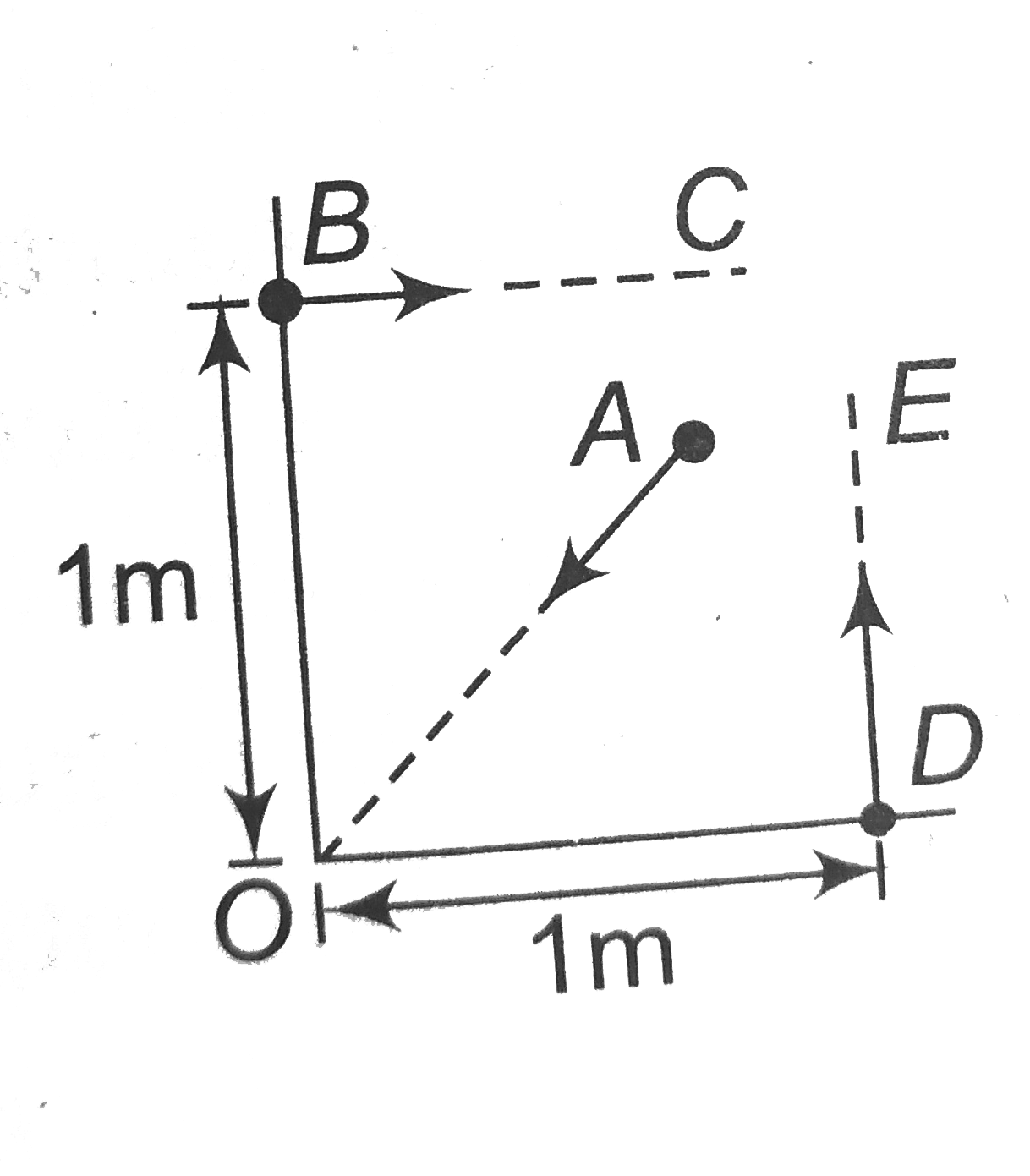A particle is moving with constant angular velocity along the circumference of a circle. Which of the following statements is true
The particle executes SHM
The projection of the particle on any one of the diameters executes SHM
The projection of the particle on any of the diameters executes SHM
None of the above
The correct Answer is:C
When the particle moves along the cirumference of a circle with constant angular velocity, the prohection of the particle on any of the diameters executes SHM.
Similar Questions
A particle is moving with constant speed V m/s along the circumference of a circle of radius R meters as shown. A, B and C are three points on periphery of the circle and ΔABC is equilateral. The magnitude of average velocity of particle, as it moves from A to C in clockwise sence, will be :

View SolutionThe motion of the particle along the circumference of the circle is a
View Solution
Knowledge Check
A particle moves with constant angular velocity in a circle. During the motion its
AEnergy is conservedBMomentum is conservedCEnergy and momentum both are conservedDNone of the above is conservedA body is moving along circle at constant speed Which of the following statement is true?
Abody is not acceleratedBbody has a inward radial accelerationCbody has constant velocityDbody has outward radial acceleration.A particle is moving with a constant linear velocity 5 cm/s, on the circumference of circle of radius 10 cm. The centripetal acceleration of the particle will be
A0B2.5 cm/s2C2 cm/s2D0.5 cm/s2
A particle is moving along a circular path. Which of the following statement is not correct?
View SolutionFor' a body moving along the circumference of a circle with constant speed is constant
View SolutionA body moves with constant angular velocity on a circle. Magnitude of angular acceleration
View SolutionA particle is moving on a straight line path with constant accleration directed along the direction of instantaneous velocity. Which of the following statements are false about the motion of particle ?
View SolutionA particle of mass M may move with the velocity v, along AO, or DE or BC. Then which of the following statements is not correct about particle's angular momentum about point O.
 .
.
View Solution
